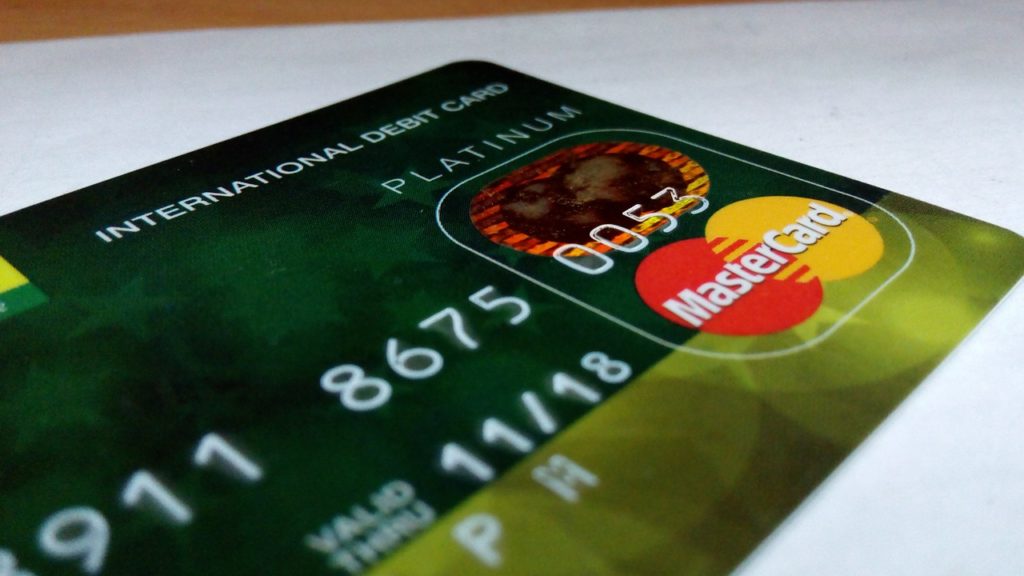Last Updated on 08/31/2017 by GS Staff
[otw_shortcode_dropcap label=”A:” size=”large” border_color_class=”otw-no-border-color”][/otw_shortcode_dropcap] Generally, debit cards are reserved for checking accounts. Banks typically will not issue you a debit card for your savings account. The reason for this is because there are restrictions on placed on savings accounts that do not exists with checking accounts
Savings Account Limitations
Many people do not realize that savings accounts must compile with something called Regulation D. This federal regulation places limits on your savings account withdrawals. If you do not compile with these regulations your savings account can be closed and/or you may be charged a fee.
How does Regulation D limit your savings account? You are limited to six transfers or withdrawals per month. This applies to each savings account that you have. So, if you have three savings accounts, you can make six transfers/withdrawals for each of these accounts.
Not all transactions you make with your savings account are subject to this limit. Below is a list of some transactions that are limited by Regulation D:
- Preauthorized Transactions (i.e. Bill Payments)
- ACH Withdrawals
- Telephone Banking
- Check Transfers
- Online Banking Transfers
- ATM or Debit Card Point of Sale Transactions
- Fax Banking Transactions
The ATM Card
Instead of a debit card, your bank will likely issue you an ATM card. Your ATM card can be used to make withdrawals or transfers at an ATM without limitation by Regulation D. However, you won’t be able to make purchases with this card like you would be able to with a debit card.
If you open a checking and savings account at the same bank, the bank will commonly issues one debit card that is linked to both accounts. You can use this card at an ATM to make transactions with either account. However, when you make a purchase or payment at a place like a store, your payment will come out of your checking account only.
Final Thoughts
In simple terms, a checking account is designed for everyday transactions. A savings account is used to store your money while earning a bit of interest on this money. When you have only a savings account, you will commonly not be issued a debit card but rather only an ATM card. Debit cards are typically reserved for checking accounts.

